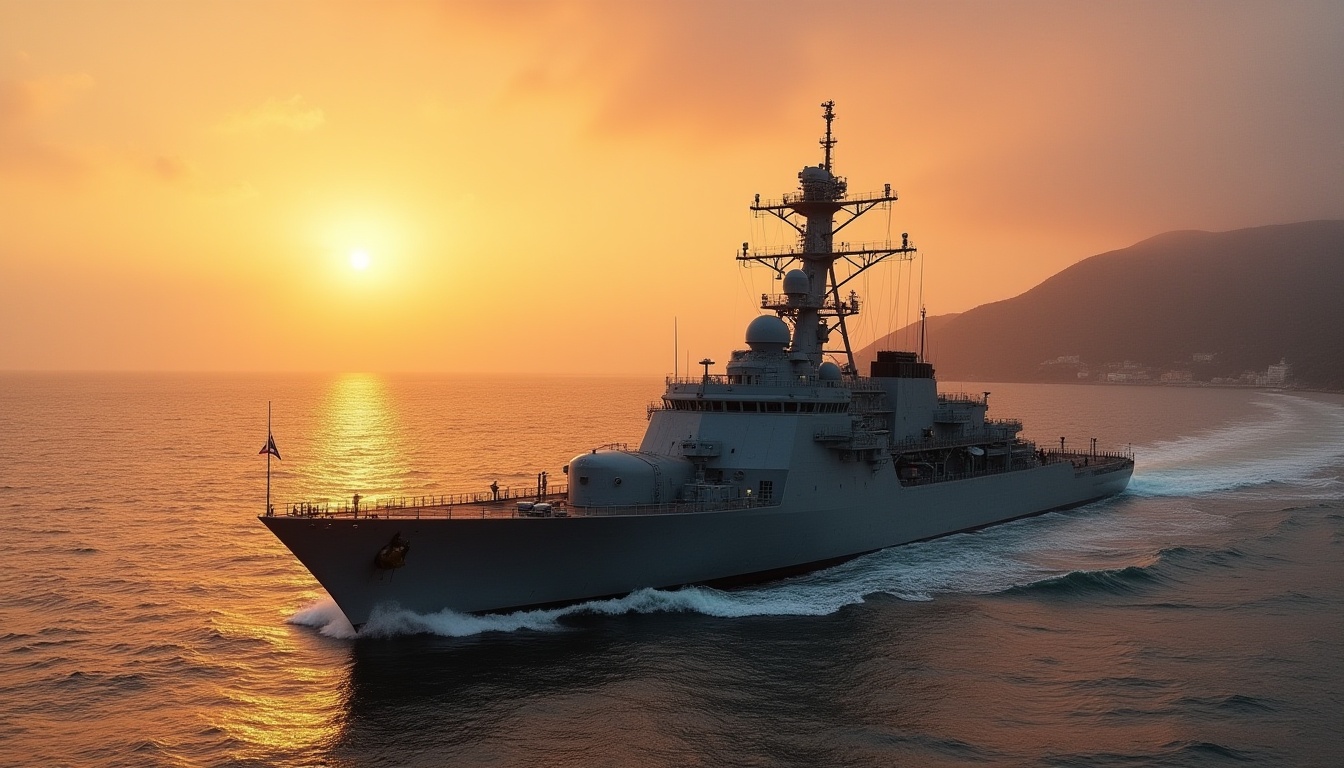The Moskva ship, a prominent guided missile cruiser of Russia’s Black Sea fleet, holds a significant place in naval history. Launched in 1979 as the Slava, it was renamed Moskva in 1995 and served as a flagship until its sinking in 2022. Equipped with anti ship missiles and advanced radar, it played a key role in maritime operations. This article explores the Moskva’s design, its role in the Black Sea, and its impact on naval strategy, offering insights for maritime enthusiasts.
Design and Capabilities of the Moskva
The Moskva, a Slava-class guided missile cruiser, was designed for versatility. With a displacement of 11,490 tons, it carried 16 anti ship missiles, including P-500 Bazalt systems, later upgraded to P-1000 Vulkan missiles. Its radar and air defense systems protected against aerial threats, while torpedo tubes countered submarines. The ship’s robust design made it a cornerstone of Russia’s naval presence in the Black Sea.
Built in Ukraine during the Soviet era, the Moskva featured advanced electronics for its time. Its propulsion system, with gas turbines, ensured high-speed operations across the sea. The cruiser’s capabilities, as noted by defense analysts like John Kirby, highlighted its strategic importance, particularly in conflicts involving anti ship cruise missiles.
Role in the Black Sea Fleet
The Moskva was a flagship of Russia’s Black Sea fleet, operating from Sevastopol. It conducted patrols, exercises, and missions, projecting power across the region. The Black Sea, a critical geopolitical zone, saw the Moskva engage in operations supporting Russia’s interests, from Syria to Ukraine. Its anti ship missiles and missile defenses made it a formidable asset.
In 2022, the cruiser Moskva gained global attention when it was struck by two Ukrainian Neptune missiles, as John Kirby told reporters. The incident, occurring in the Black Sea, marked a significant loss for Russia. The ship’s sinking underscored the evolving role of anti ship missiles in modern naval warfare, reshaping strategic considerations.
Historical Context and Significance
Commissioned during the Cold War, the Moskva symbolized Soviet naval ambition. Its role as a guided missile cruiser evolved with geopolitical shifts, including Russia’s annexation of Crimea. The ship participated in key operations, from anti-piracy missions to supporting Syria’s coast. Its presence in the Black Sea deterred adversaries, leveraging its missile arsenal.
The Moskva’s sinking, confirmed by Vladimir Putin’s administration, highlighted vulnerabilities in naval defenses. Two Ukrainian Neptune missiles struck the ship, causing fires and leading to its loss. This event, widely covered by analysts, emphasized the growing effectiveness of anti ship cruise missiles in modern conflicts.
Impact on Naval Strategy
The Moskva’s loss reshaped naval strategies, particularly in the Black Sea. The effectiveness of anti ship missiles, like the Neptune, prompted militaries to reassess cruiser designs. The Moskva’s radar and missile systems, once cutting-edge, faced challenges against precision strikes. This shift encouraged investment in electronic warfare and missile defenses.
For maritime enthusiasts, the Moskva’s story offers lessons in naval evolution. The Black Sea remains a focal point for strategic competition, with anti ship missiles playing a growing role. The cruiser’s legacy, as a symbol of power and vulnerability, continues to inform defense policies.
Technical Specifications and Features
The Moskva measured 186 meters in length, with a crew of over 500. Its anti ship missiles, paired with S-300F air defense systems, provided multi-role capabilities. The ship’s radar could track multiple targets, ensuring situational awareness at sea. Gas turbines enabled speeds up to 32 knots, ideal for rapid deployment.
The cruiser’s armaments included torpedoes and close-in weapon systems, enhancing its versatility. While its design was robust, the 2022 incident revealed limitations against modern missile threats. The Moskva’s specifications remain a benchmark for studying guided missile cruiser development.
Legacy and Lessons Learned
The Moskva ship’s sinking marked a turning point in naval warfare. Its loss to anti ship missiles highlighted the need for advanced countermeasures. Russia’s Black Sea fleet adapted by enhancing fleet defenses and rethinking cruiser deployments. The incident, as John Kirby said, underscored the importance of missile technology in modern conflicts.
For those exploring maritime history, the Moskva remains a case study in power and fragility. Its role in the Black Sea fleet shaped decades of naval strategy, leaving a lasting impact. The cruiser’s story continues to resonate, offering insights into the evolving nature of sea-based operations.
Exploring the Moskva’s Impact
The Moskva’s legacy endures through its influence on naval tactics. Its sinking prompted global discussions on anti ship cruise missiles and their role in future conflicts. Maritime enthusiasts can study its history through resources like naval archives, though the Black Sea’s geopolitical sensitivity requires careful analysis. The Moskva ship remains a symbol of naval ambition and a reminder of modern warfare’s complexities.


